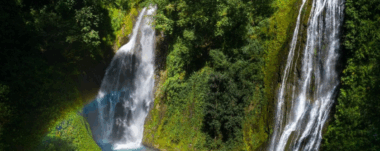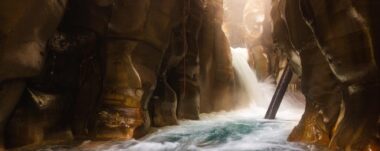Corcovado National Park: Tips and Routes for your Visit
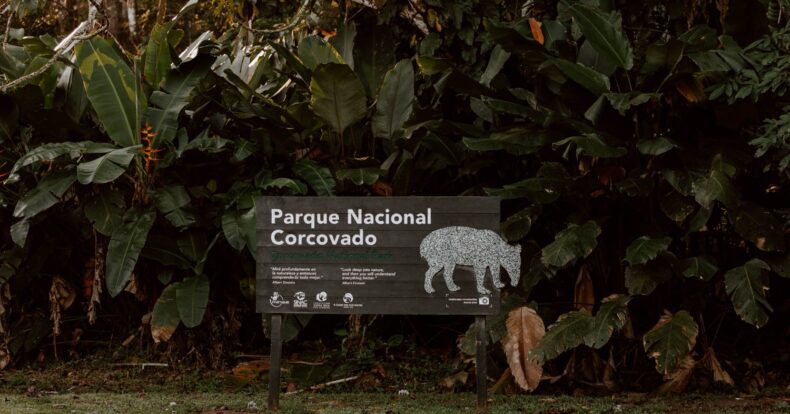
Corcovado National Park, Costa Rica.
Known for being one of the most biodiverse places in the world, Corcovado National Park in Costa Rica is one of those places that is not easily forgotten. It is not forgotten nor is it easy to do without them despite having read hundreds of times that it is also one of the most inaccessible places in the country and that it takes several days to enjoy it. Perhaps therein lies part of its charm: in being one of the last tropical rainforests in Central America and in its more than 40,000 protected hectares, which contain 2.5% of the world’s biodiversity.
There are two versions about the origin of the name “Corcovado”. The first refers to the shape of a rock on the beach, which has a curvature similar to a hump, hence why people began to refer to the place by that name. Another version points to the shape of the river, as it makes different curves along its course, similar to a horse when it rears up (to jump, to be frightened).
Corcovado National Park
Covering an area of more than 400 km², the Corcovado National Park was created in 1975 as a measure to protect it from deforestation caused by loggers and to try to stop poaching, which unfortunately is still a problem.
Currently, it is especially attractive for travelers who love nature, animals and adventure. Much of its magic lies in the great biodiversity of the Osa Peninsula, its relatively inaccessible location, and its natural protection.
Exploring Corcovado can be an unforgettable experience: animal sightings, boat trips and trekking routes through unspoiled landscapes combine to offer a unique adventure. Corcovado has the largest population of scarlet macaws in the country, and is home to endangered species such as the anteater, the harpy eagle and the tapir. Other animals found here include pumas, jaguars, sea turtles, and countless species of animals.
The park is home to approximately 140 species of mammals, 116 species of reptiles and amphibians, 400 species of birds, 40 species of fish and 500 species of trees.
Weather and best time to visit Corcovado
The climate in Corcovado is rainy, very humid and hot. However, the year is divided into two very different seasons:
- Rainy season: From mid-April to mid-December. The rains are intense and some areas become inaccessible due to the rising rivers.
- Dry season: From mid-December to mid-April. Although it still rains, it is less frequent and you can enjoy better conditions for exploring.
Keep in mind that the average rainfall is 5500 mm in the mountainous area and 3500 mm in the coastal area. Even in the “dry season” there can be considerable rainfall.
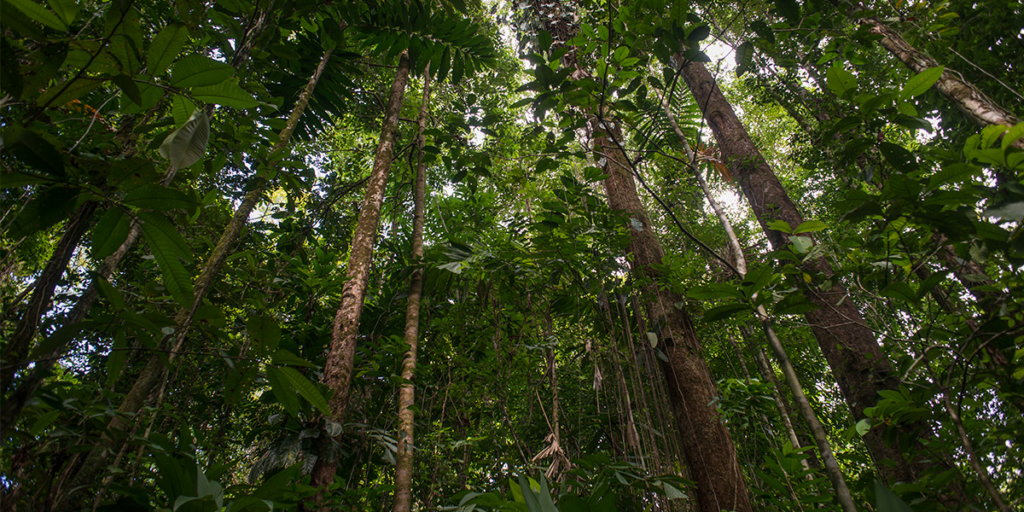

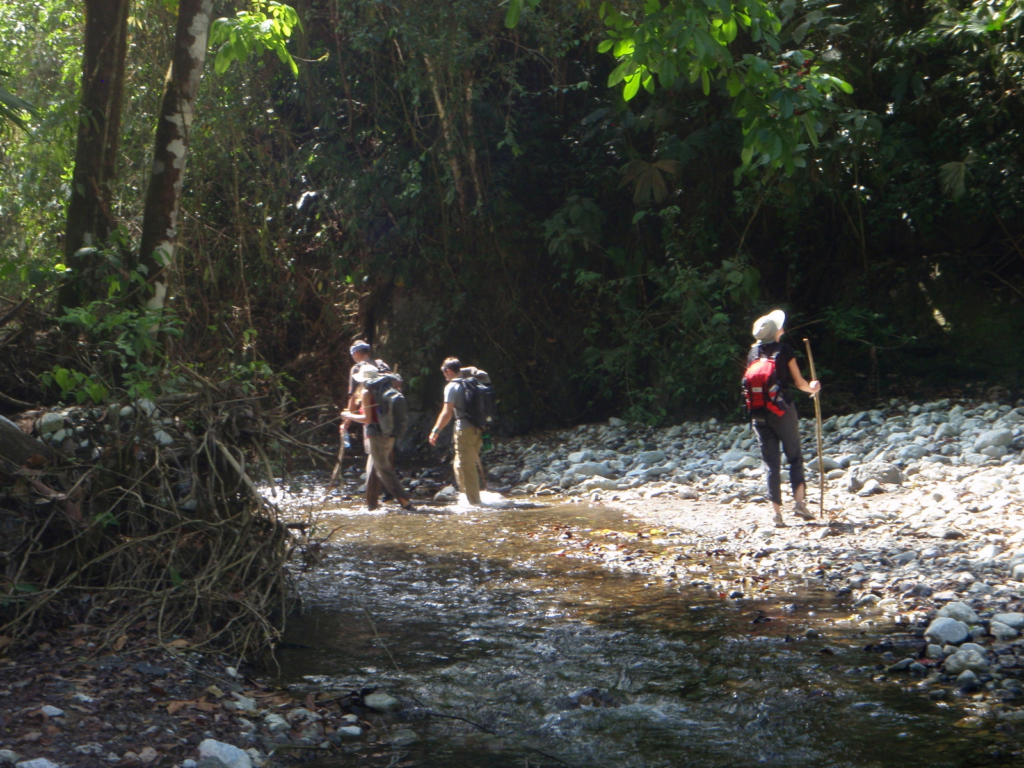
How to get to Corcovado National Park
The park is located in the extreme southwest of the Osa Peninsula. It can be accessed from two main points: Drake Bay (Agujitas de Drake) or Puerto Jiménez. The first option is more unspoiled and wild, and is also ideal for trekking along the Drake coast, a route famous for its scenic beauty.
Options to reach Corcovado:
- Car: Ideal for the adventurous. A 4×4 is essential, especially during the dry season. Although it is no longer necessary to cross rivers thanks to the construction of bridges, some areas can still be difficult to navigate.
- Car + Boat: The most common way to get there. Travel by car to Sierpe (no 4×4 required), leave your vehicle in a designated car park and take a boat across the Sierpe River and Drake Bay to Agujitas de Drake.
- Excursion: For those who only have one day available, it is possible to book a guided excursion from Agujitas de Drake.
- Plane: The fastest and most comfortable option. There are direct flights by plane from San José to Agujitas de Drake.
What to see and do in Corcovado National Park
Corcovado National Park offers various areas that can be explored with an authorized guide (visit with guide is mandatory):
- Sirena Sector: The most popular, with 20 km of guided trails. It is ideal for animal sightings and has access to the mouth of the Sirena River.
- San Pedrillo Sector: Includes trails such as Catarata – San Pedrillo (1.5 km), Llorona (7 km) and Pargo (2.5 km). This sector is less prepared, with steep slopes and dense forest.
- La Leona Sector: Ideal for watching turtles lay their eggs at certain times of the year.
- El Tigre Sector: A challenging 7 km trek with spectacular views from various lookout points.
- Patos Sector: Currently closed.
Animal observation
Visitors come to Corcovado with high expectations of spotting wildlife. Although nature is unpredictable, some of the animals you might see include:
- Tapir or danta
- Jaguars, pumas and ocelots
- Spider monkey, howler monkey, white-faced capuchin and squirrel monkey
- Shark bull
- Red macaws
- Anteaters and sloths
- Snakes, crocodiles and various species of birds
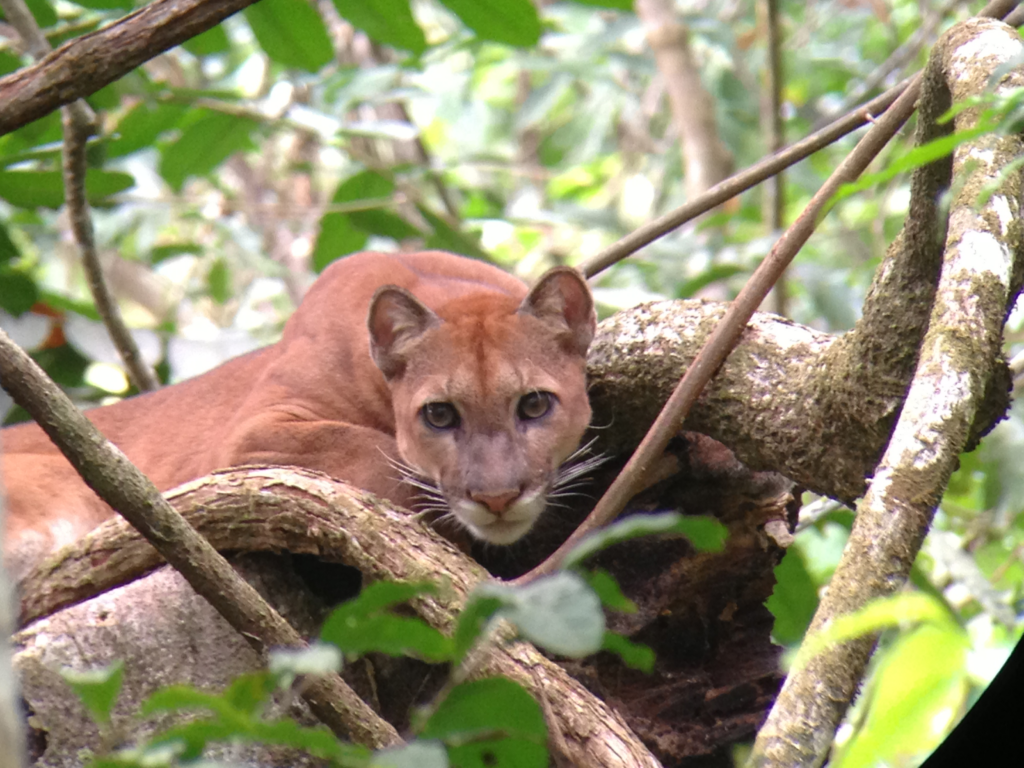
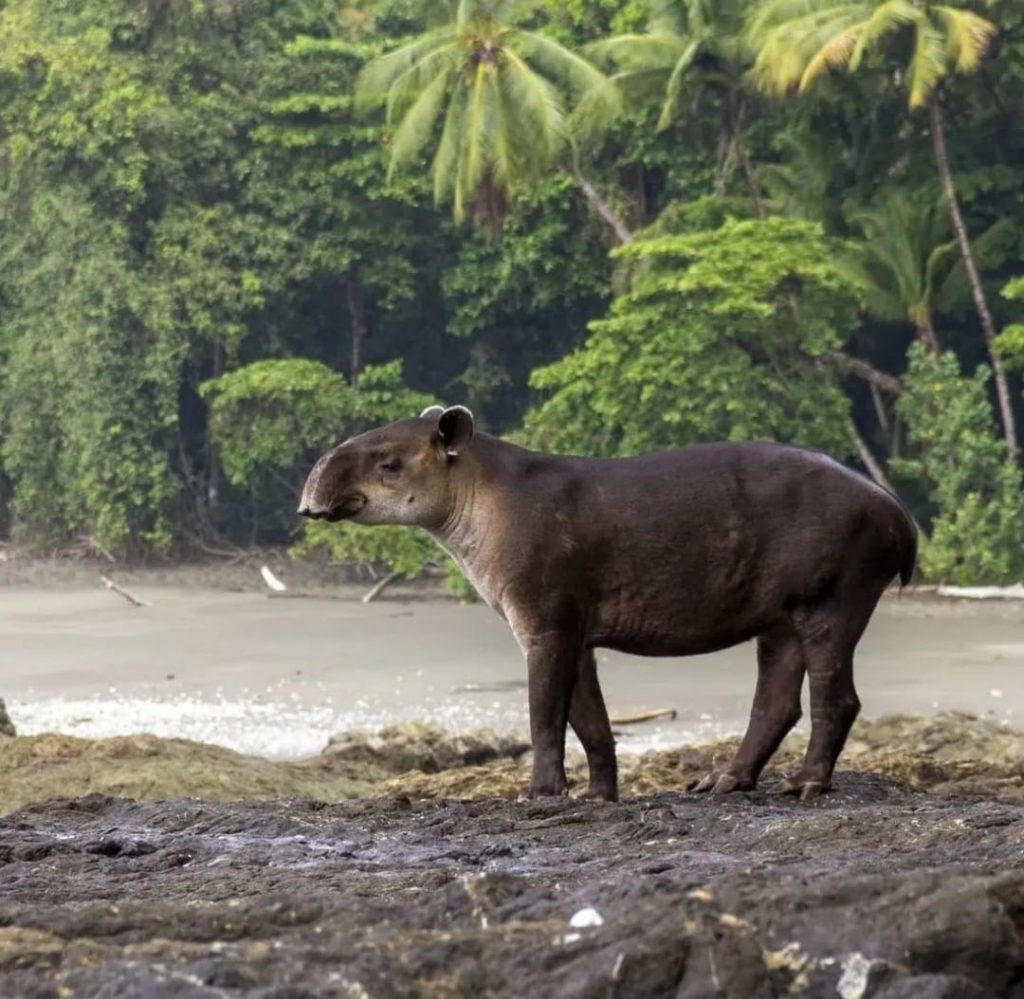

Trips to Corcovado National Park
Access to the park is exclusively with an authorized guide. Excursions can be booked through local agencies, accommodations or in advance online. Guide availability may be limited, so it is recommended to plan your visit in advance.
Sensorial Sunsets
Navigate articles



